A Beginner's Guide to Testing with Cypress
Unit
Integration
UI
High Maintenance
Slow
Difficult
Remember the
Test Pyramid?
Cheap
Fast
💰💰💰
😫 😫 😫
Testing...

Everyone knows that Test Automation is important but...
"We don't have time to write UI tests"
"Writing automated tests slows us down"
"We have a tight deadline so we need to release ASAP"
"I don't know how to use Selenium"
"I have a lot of tickets to test manually"
"Tests are so flaky"
"How do you debug it?"
"Setup is difficult"
"Let's leave it to the SDETs. It's their job"
"I don't understand the error messages"
UI/E2E testing should also be as easy as writing unit tests

"The Web has evolved. Finally, testing has too."

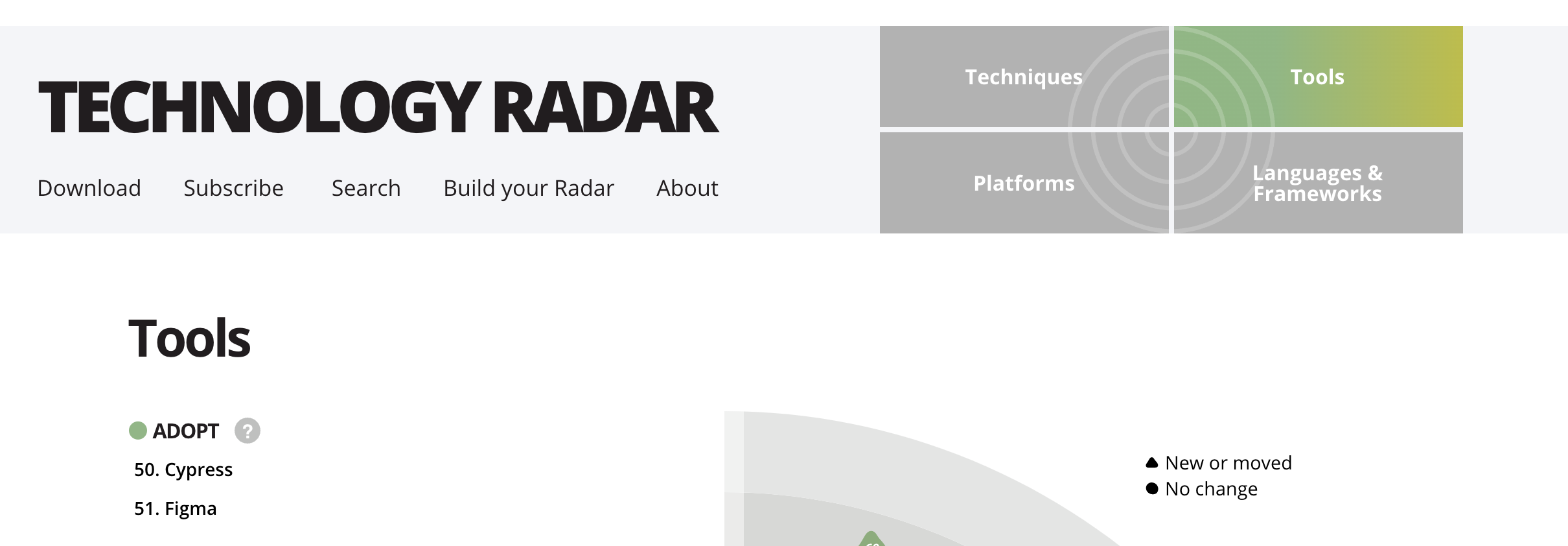
What is Cypress?
-
A tool which simulates browser actions like a real user.
-
Provides an easy way for Developers and QAs to write tests.
-
Great alternative to Selenium, but built differently.
-
Tests are run directly inside the browser
How is Cypress different?
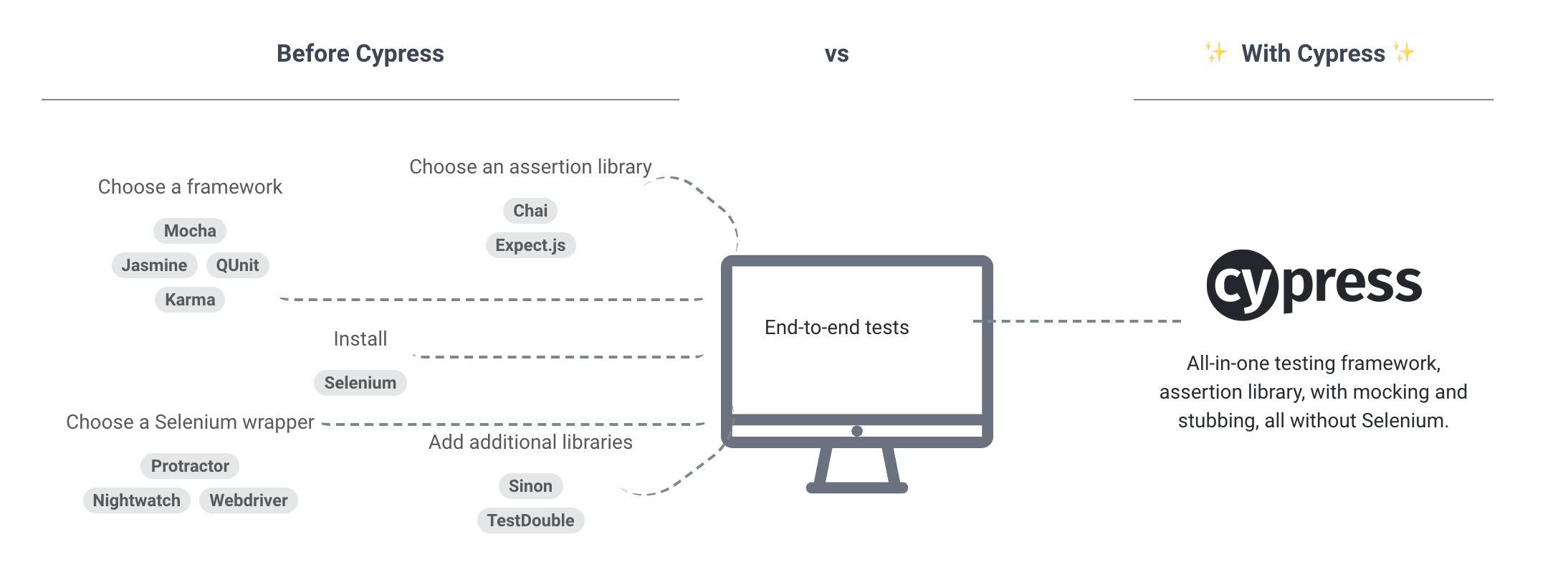
Why use Cypress?
Easy to Setup
Easy to run tests
npm i -g cypresscypress run
cypress openVisual UI Test Runner
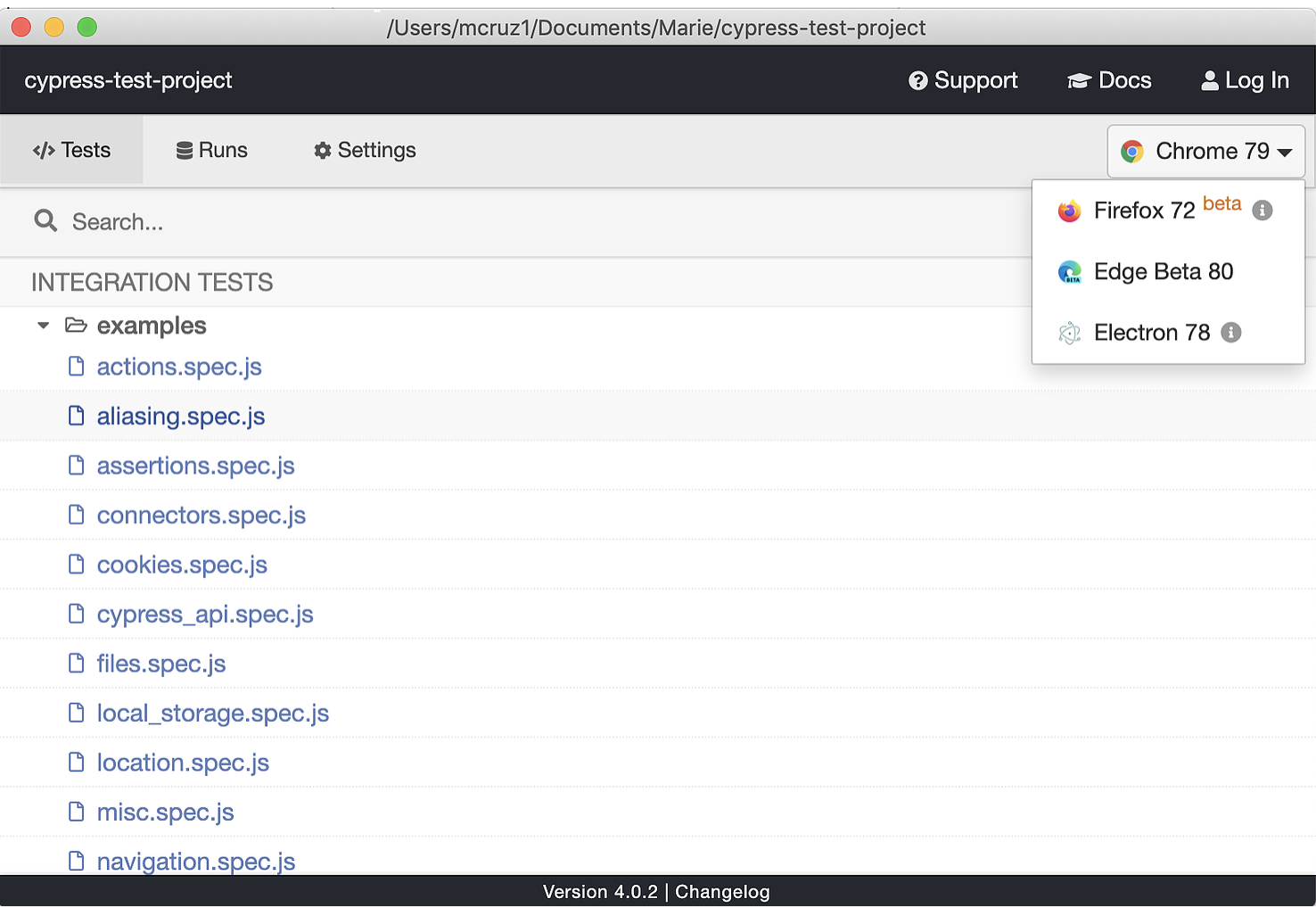
Cross browser support as of v4.0.0
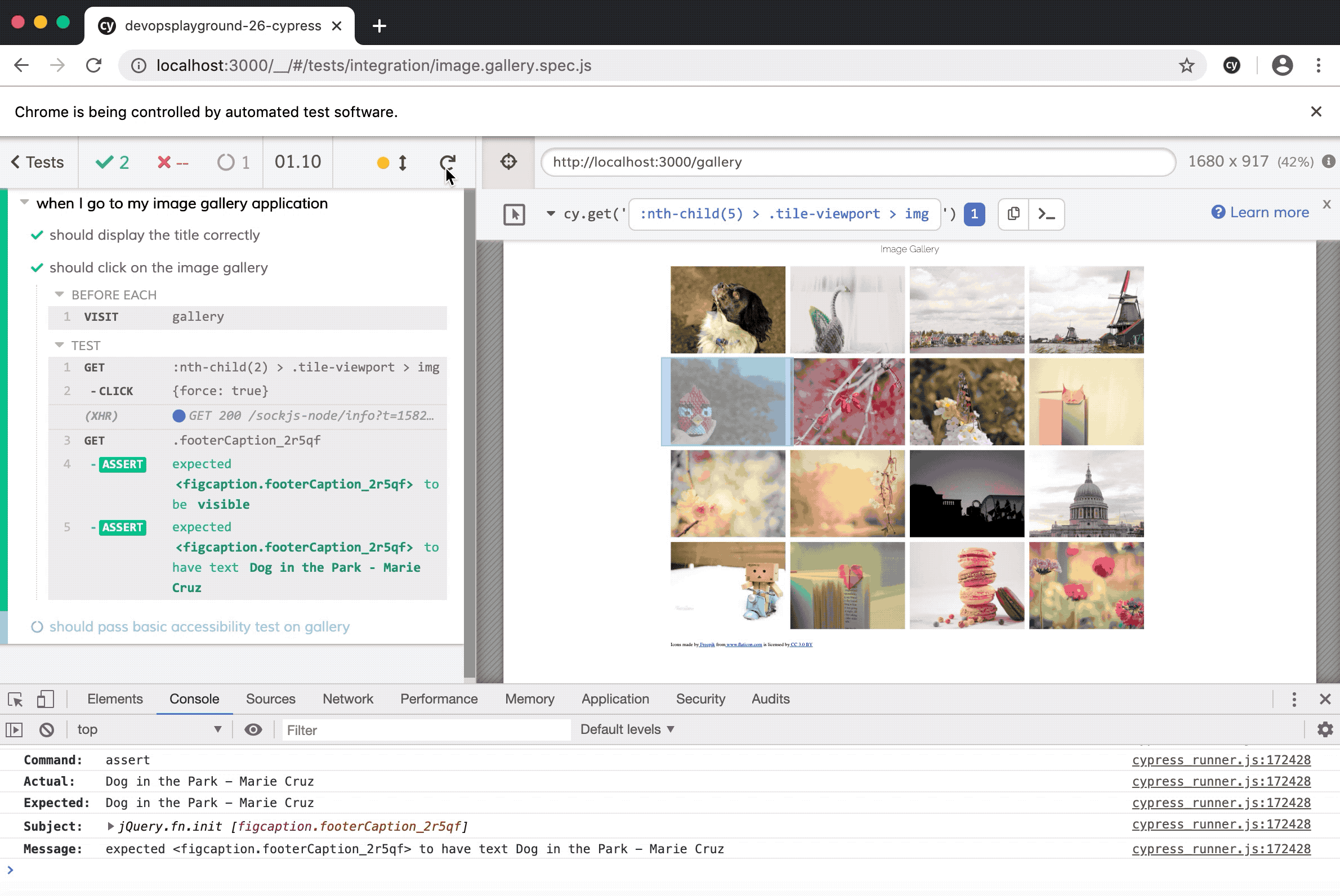
Clear error messages
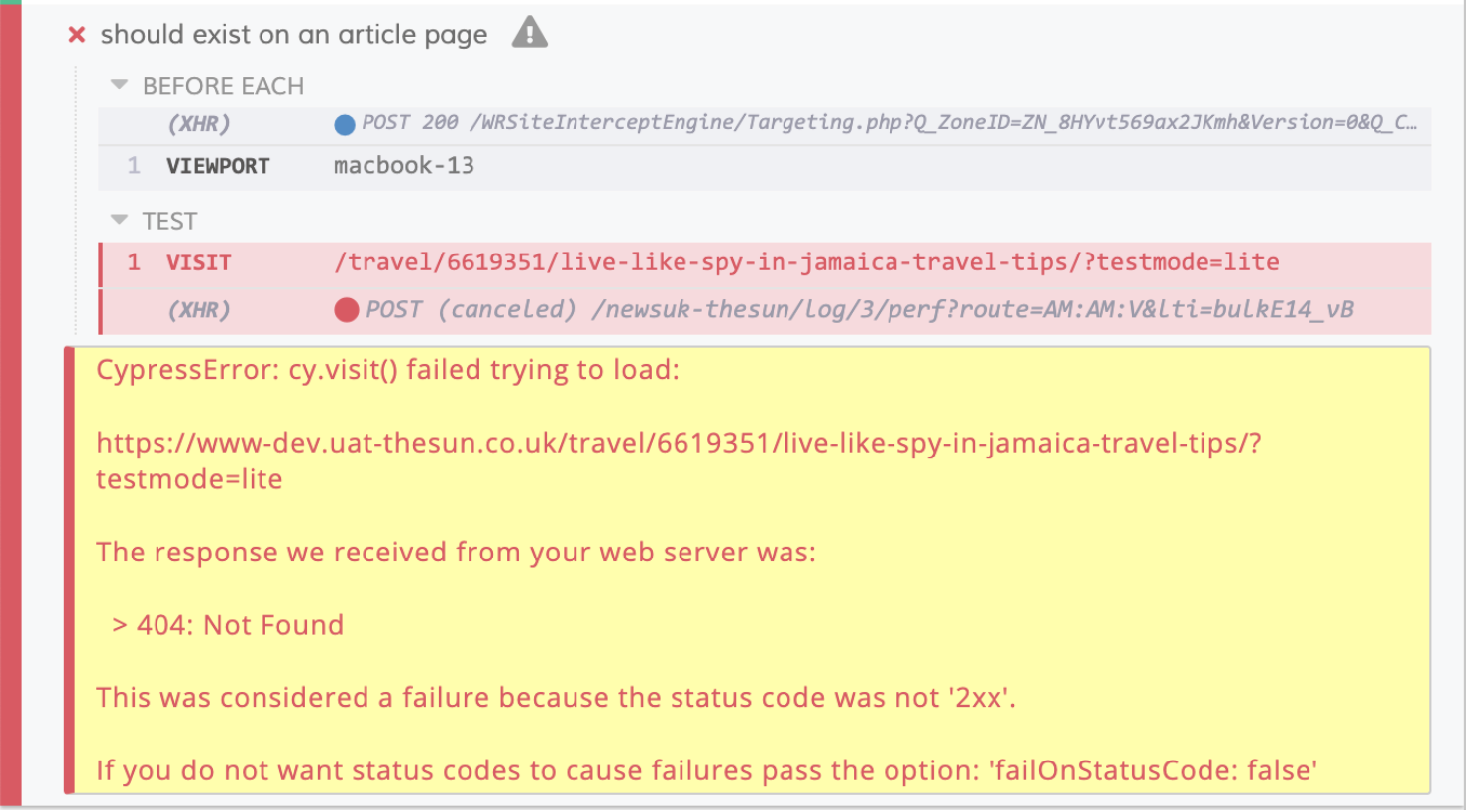
Faster Debugging
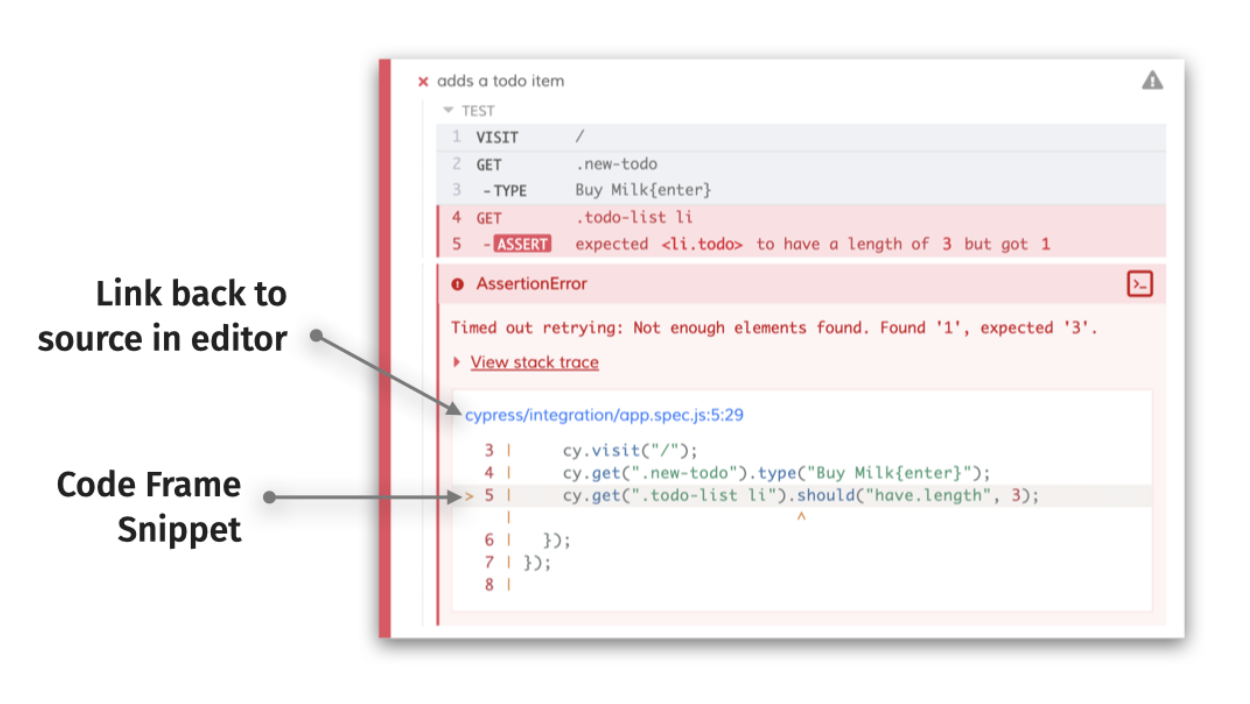
Cypress v4.6
Excellent Documentation
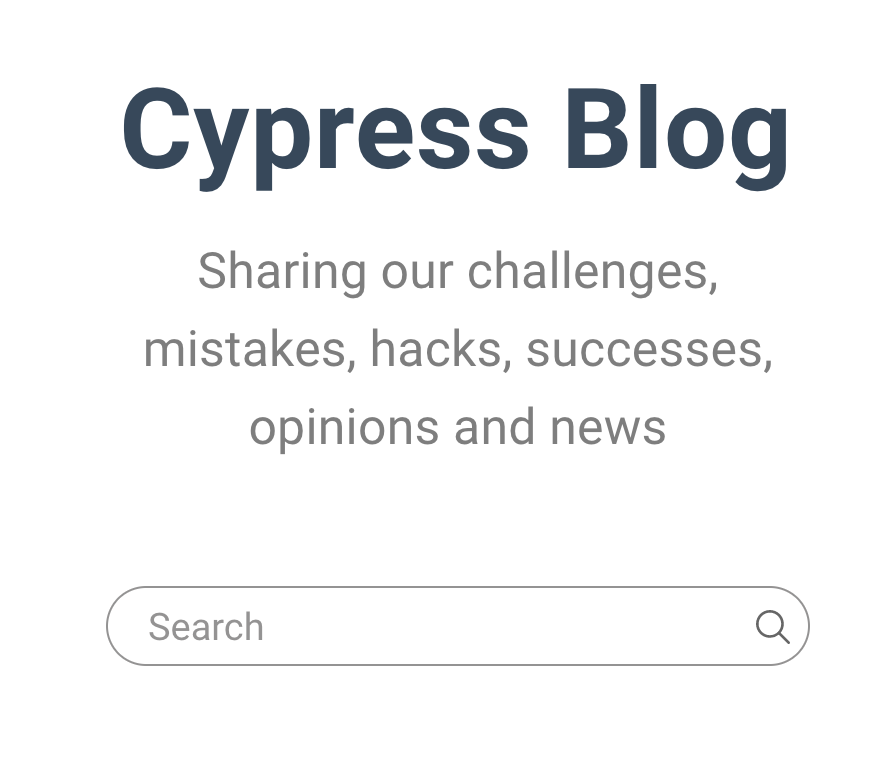
Extensive list of plugins
- Accessibility testing? cypress-axe
- Gherkin syntax? cypress-cucumber-preprocessor
- Visual testing? cypress-image-snapshots or Applitools
.. and much more here https://docs.cypress.io/plugins
Now, let's write our first Cypress test.
Are there limitations?
- No support for multiple tabs.
- No support for visiting more than 1 domain.
- Iframe support limited
But.. workarounds are documented here.
https://docs.cypress.io/guides/references/trade-offs.html

Additional Resources

Any questions?
